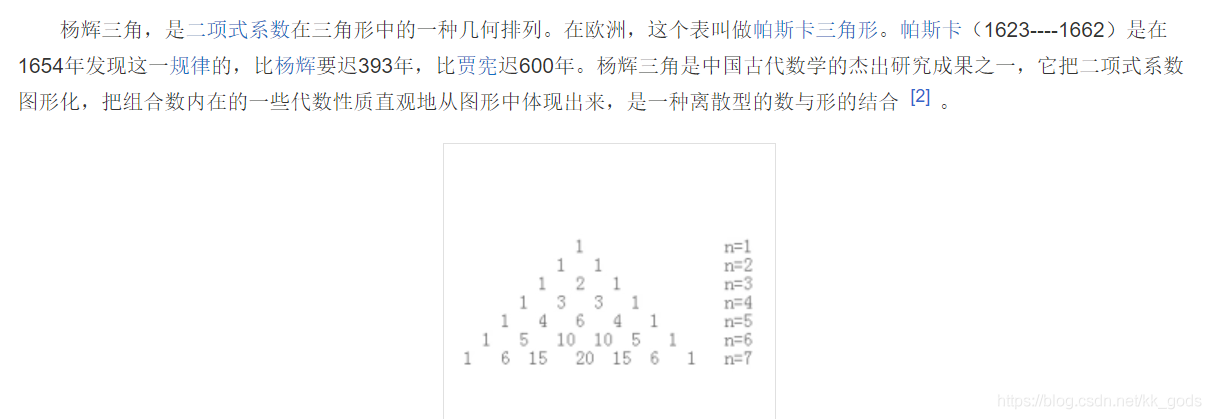简单实现平面的点K均值分析,使用欧几里得距离,并用pylab展示。
import pylab as pl#calc Euclid squire
def calc_e_squire(a, b):
return (a[0]- b[0]) ** 2 + (a[1] - b[1]) **2#init the 20 point
a = [2,4,3,6,7,8,2,3,5,6,12,10,15,16,11,10,19,17,16,13]
b = [5,6,1,4,2,4,3,1,7,9,16,11,19,12,15,14,11,14,11,19]#define two k_value
k1 = [6,3]
k2 = [6,1]#defint tow cluster
sse_k1 = []
sse_k2 = []
while True:
sse_k1 = []
sse_k2 = []
for i in range(20):
e_squire1 = calc_e_squire(k1, [a[i], b[i]])
e_squire2 = calc_e_squire(k2, [a[i], b[i]])
if (e_squire1 <= e_squire2):
sse_k1.append(i)
else:
sse_k2.append(i) #change k_value
k1_x = sum([a[i] for i in sse_k1]) / len(sse_k1)
k1_y = sum([b[i] for i in sse_k1]) / len(sse_k1)k2_x = sum([a[i] for i in sse_k2]) / len(sse_k2)
k2_y = sum([b[i] for i in sse_k2]) / len(sse_k2)if k1 != [k1_x, k1_y] or k2 != [k2_x, k2_y]:
k1 = [k1_x, k1_y]
k2 = [k2_x, k2_y]
else:
breakkv1_x = [a[i] for i in sse_k1]
kv1_y = [b[i] for i in sse_k1]kv2_x = [a[i] for i in sse_k2]
kv2_y = [b[i] for i in sse_k2]pl.plot(kv1_x, kv1_y, 'o')
pl.plot(kv2_x, kv2_y, 'or')pl.xlim(1, 20)
pl.ylim(1, 20)
pl.show()
到此这篇关于python实现k均值算法示例(k均值聚类算法)就介绍到这了。只要有价值,你遇到困难,遭受挫折,被人唾骂,被踩在脚下都不可怕,最可怕的是,你是张白纸。——送给坚持梦想中的人。更多相关python实现k均值算法示例(k均值聚类算法)内容请查看相关栏目,小编编辑不易,再次感谢大家的支持!





